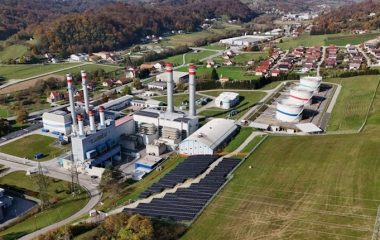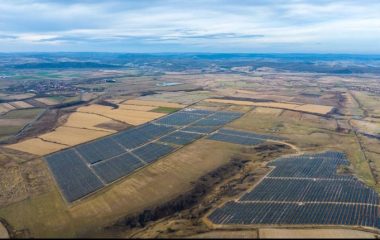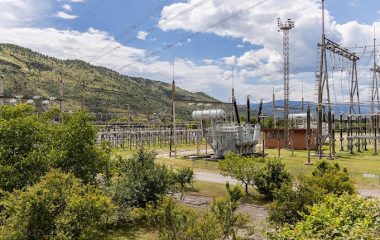
Photo: TEŠ
Thermal power plant TEŠ was temporarily shut down upon the recommendation of Slovenia’s transmission system operator ELES to save coal for the winter. At the same time, nuclear power plant Krško is in overhaul, so the country must cover 75% of its electricity needs from imports.
Slovenia’s electric power system is currently in a bad shape, though officials claim there is no threat to stability. An unfavorable scenario became reality – while nuclear power plant Krško is undergoing a regular month-long overhaul until November 2, the lack of coal from the Premogovnik Velenje mine prompted a shutdown of the Termoelektrarna Šoštanj (TEŠ) power station.
The two power plants normally account for two thirds of domestic electricity production or more. Slovenia is now covering 75% of its consumption from imports. However, the share went to as high as 90% today.
As the supply of coal is low, it should be saved for the winter, when electricity imports are expected to be much more expensive
Units 5 and 6, with 847 MW in total, were taken off the grid at the recommendation of the country’s transmission system operator ELES. Chief Executive Officer Aleksander Mervar said there is no need yet to introduce emergency measures as hydropower plants and recent network upgrades are maintaining stability.
In case of outages in the European system or if the situation worsens in another way, Slovenia’s only coal-fired power plant can be turned back on, but otherwise it can stay idle until November 30, he stressed. Mervar pointed out that market prices of electricity have fallen, adding that some capacities can temporarily run on fuel oil. He also warned that the system could collapse if people start to massively use electricity for heating purposes.
Hydropower plants and recent network upgrades are maintaining stability
CEO of TEŠ Mitja Tašler said coal should be saved for the winter, when electricity import costs are expected to be much higher. There is currently “enough water and wind in Slovenia, which means that there is also enough electricity,” he asserted, even though there are no wind power plants in Slovenia.
TEŠ has been testing the use of coal imported from Indonesia.
The mine isn’t delivering the agreed quantities of coal after a rock burst on October 12. Premogovnik Velenje and TEŠ are run by state-owned Holding Slovenske elektrarne or HSE.


















Be the first one to comment on this article.